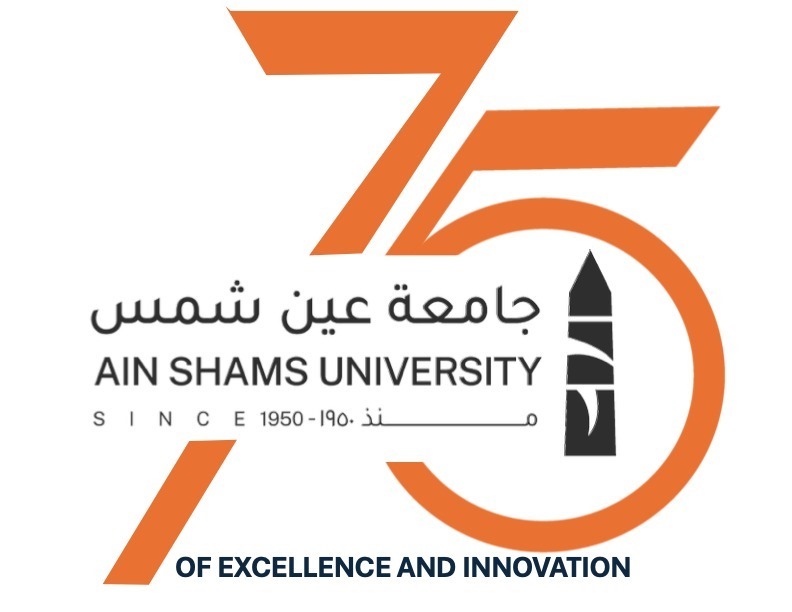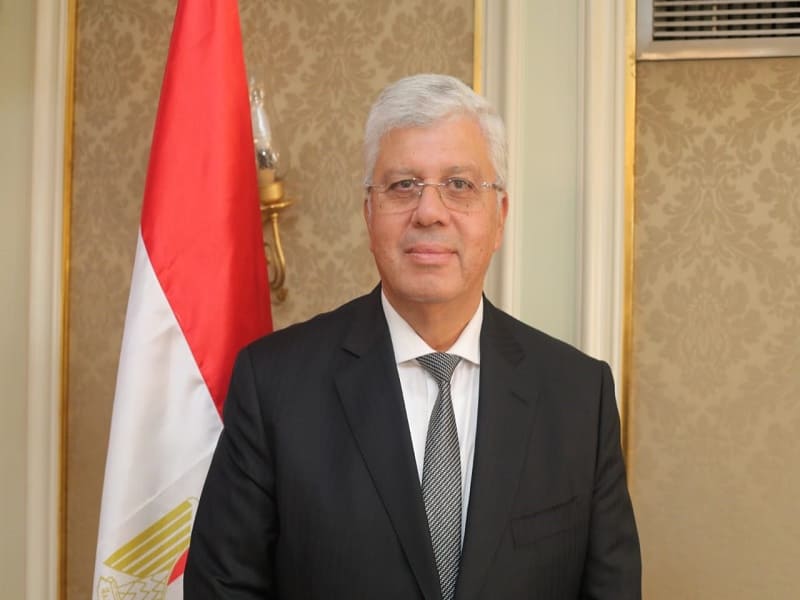The Ministry of Higher Education announces the results of the second phase of university admission coordination for General Secondary students (new and old systems), first round 2025
The Ministry of Higher Education and Scientific Research announces that the results of the second phase of the coordination of admission to public universities and institutes for the year 2025 will be available through the electronic coordination website on Tuesday, August 12, at 12:00 PM.
Students can log in to the website using their seat number and password to find out the faculty or institute to which they have been nominated.
The phase concluded after a thorough review of the student’s submitted preferences and their allocation to universities and institutes in accordance with the regulations approved by the Supreme Council of Universities and within the quotas set for each institution.
First: Minimum admission scores and student numbers
The total number of students scheduled to participate in the second phase of coordination from both the new and old systems was 287,318 students, according to the announced minimum scores for each stream:
1. New System:
Science track: 220.00 marks or higher (68.75%).
Total: 246,642 students.
Arts track: 205.00 marks or higher (64.06%).
Total: 36,406 students.
Total (both streams): 283,048 students.
2. Old System:
Science track: 280.00 marks or higher (68.29%).
Total: 3,506 students.
Arts track: 240.00 marks or higher (58.53%).
Total: 764 students.
Total (both streams): 4,270 students.
Number of students who registered preferences during the phase:
The total number of students who submitted their preferences in the second phase from both the new and old systems was 271,980 students, distributed as follows: 235,065 from the science stream and 36,915 from the arts stream. The number of students who did not register their preferences in this phase was 15,338.
Second: Allocation results
The preference sorting process for second-phase students resulted in the following:
University faculties (Science track): 192,240 students.
University faculties (Arts track): 36,086 students.
Total: 228,326 students.
Ministry-affiliated institutes (Science track): 41,558 students.
Ministry-affiliated institutes (Arts track): 828 students.
Total: 42,386 students.
Total allocations for science track: 233,798 students.
Total allocations for Arts track: 36,914 students.
Overall total (both streams): 270,712 students.
Cases of exhausted preferences
A total of 1,268 students from both streams exhausted their preferences by only listing institutions that did not match their total scores. They will be given the opportunity to re-enter their preferences to align with their scores and the announced minimum requirements.
Procedures followed during the second phase:
Students were allocated based on the final preferences recorded on the online system, in full compliance with the approved regulations.
Upon the conclusion of this phase, a total of 364,946 students from both the first and second phases were placed in universities and institutes within a period of no more than two weeks from the start of the coordination process.
Students will be able to obtain their admission letters from the coordination website after the announcement of the "Transfer to Reduce Geographic Disparity" phase results.
Final lists of students’ names will be sent to universities and institutes after the transfer phase to begin enrollment procedures.
Third: Transfer to reduce geographic disparity ("El-Eghtirab Reduction")
Transfers between university faculties:
To facilitate procedures for students, the Coordination Office announces the opening of the transfer phase for students allocated in the first and second phases via the online coordination website: Click here
The transfer period will run from Thursday, August 14, 2025, until Monday, August 18, 2025, for both equivalent and non-equivalent transfers, within the approved limit of 10%, in accordance with the rules set by the Supreme Council of Universities, which include:
Equivalent transfers are allowed within the limits of the minimum score for the respective faculty sector.
Non-equivalent transfers require meeting the minimum score for the desired faculty, whether transferring between faculties or from an institute to a faculty, in addition to adhering to the existing geographic distribution rules.
No paper applications will be accepted; applications are online only.
Each student is allowed only one transfer.
Additional conditions for some faculties must be met (e.g., passing aptitude tests).
Student selection will be based on total score and within the set transfer quota.
2. Transfers to private higher institutes and intermediate institutes:
Students admitted to private higher institutes or intermediate institutes, as well as those admitted to faculties, may apply to transfer to another institute, whether in the same specialization or a different one, or from a faculty to an institute, provided that:
They meet the announced minimum score for the target institute.
The institute has available capacity.
The intake quota is respected.
Student ranking is based on their General Secondary total score.


.svg)

